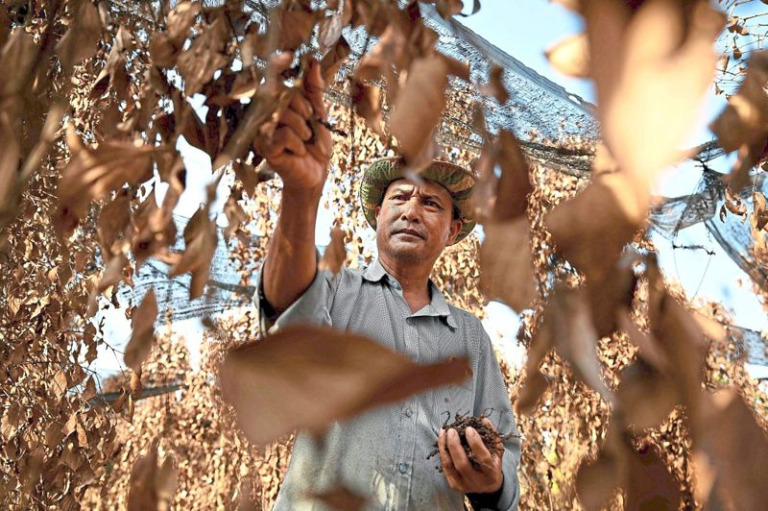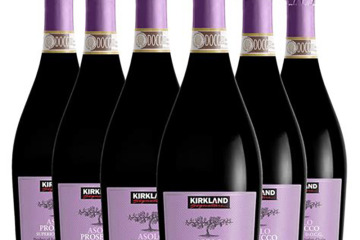Farmer Chhim Laem shakes his head as he walks between long rows of dead bushes, their brown leaves scorched by heat and drought that have devastated Cambodia’s famed Kampot pepper crop.
Known for its intense floral flavour, Kampot pepper is prized by top chefs around the world and sells for up to US$200 per kilo.
Nurtured for generations in two provinces in southwest Cambodia, the pepper industry survived the genocidal Khmer Rouge and decades of instability, but now faces the threat of extreme weather driven by climate change.
“It is so hot this year, no rains, and we have no water to water the pepper plants,” Laem said.
“So they all died.”
South and South-East Asia have sweltered in recent weeks under record temperatures, with governments closing schools, people dying of heatstroke and farmers praying for rain.
Scientists warn that human-induced climate change will produce more frequent, longer and more intense heatwaves.
In parts of Cambodia, the mercury nearly hit 43°C in late April – after a six-month drought that pushed farmers to a breaking point.
All 264 of Laem’s pepper bushes perished, the 55-year-old explained, thanks to water shortages and hot weather.
Production has grown in recent years, boosted by the European Union granting the spice a “protected geographical indication” in 2016 – meaning that only pepper grown in a designated area can be called Kampot.
The Kampot region produced about 120 tonnes of peppercorns last year, but farmers say that excessive heat and rain have made 2024 the worst on record.
Laem earned about US$1,000 from his farm last year, but said he expects a fraction of that now.
“I am so sad, but I don’t know what to do,” he said.
Nguon Lay is a fourth-generation pepper farmer, harvesting nine tonnes from his nearby 5ha farm last year.
But the 71-year-old farmer expected to harvest nothing this year.
“This year we meet the biggest obstacle,” he said, while examining a dying pepper bush.
Torrential rain destroyed the plants’ flowers earlier in the season, with more dying in the prolonged drought that followed.
“So it is the worst year. We don’t know what to do. We see problems, but we can’t resolve them,” Lay said.
Like other farmers, Lay said he knew the problems came from the weather and the environment.
Several ponds used to water his plants have dried up, and his workers only water the crop once every five days.
“We have been prepared. We know about climate change, we have stored water, we built roofs to protect our peppers from the hot weather, but it was not enough.”
“So many pepper plants are dying,” he said, adding that he no longer goes to his farms because it is too painful.
“This year we think we will get nothing,” he said, adding that what little can be harvested is of lower quality because of the weather. — AFP









